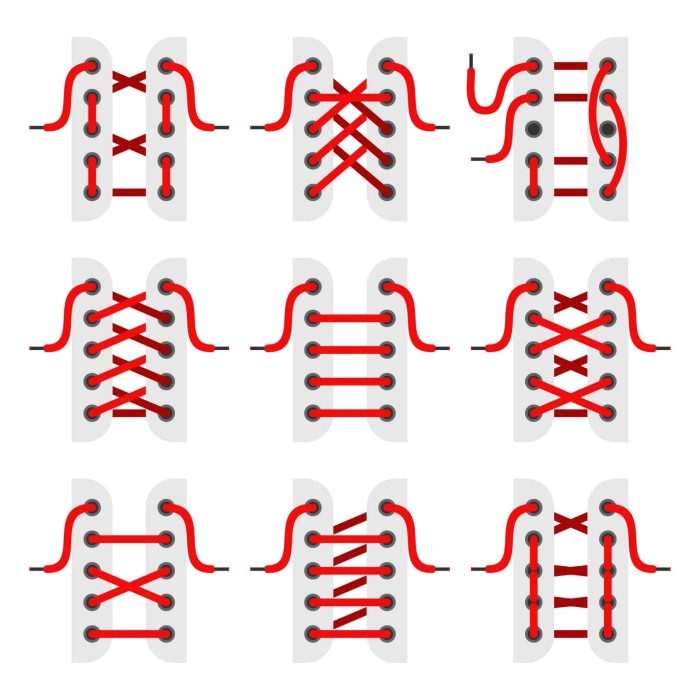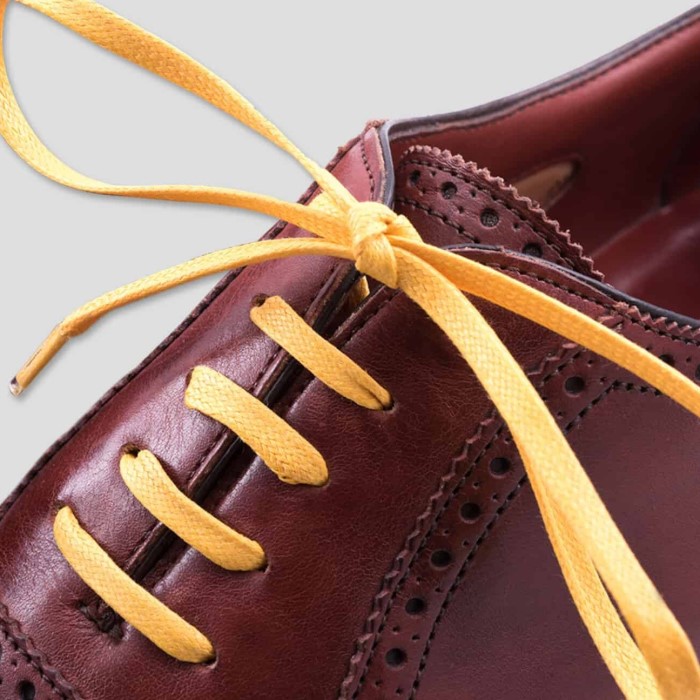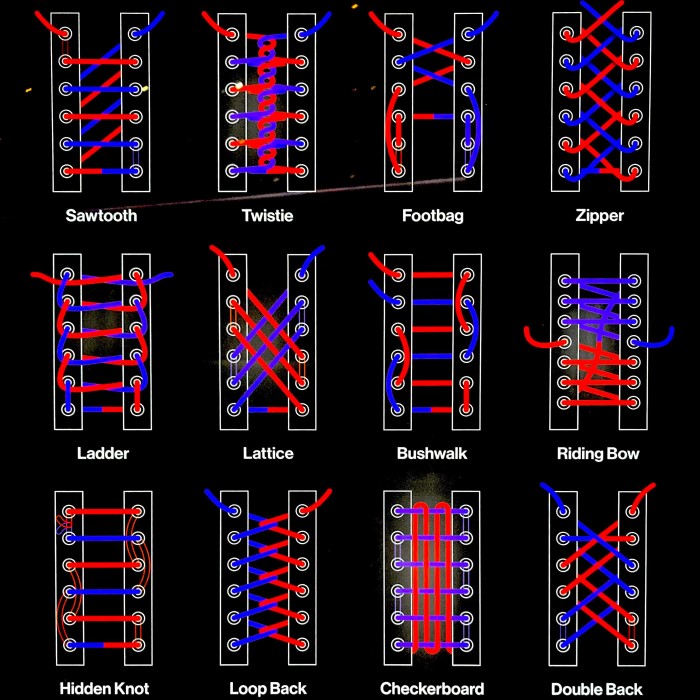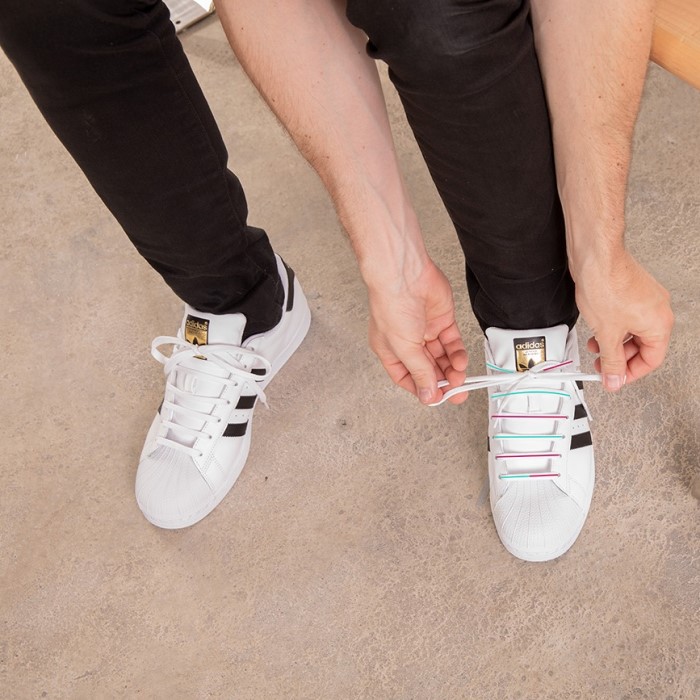Introduction to Shoe Lacing Techniques
Lacing shoes may seem like a simple task, but there are actually different ways to lace shoes that can completely transform your footwear. Whether you are looking to enhance comfort, showcase your personal style, or solve specific fit issues, exploring innovative lacing techniques can make a significant difference. In this article, we will delve into a variety of unique lacing methods, outlining how to execute each style and when to use them. By the end of this guide, you will have a collection of creative lacing techniques to elevate your shoe game!
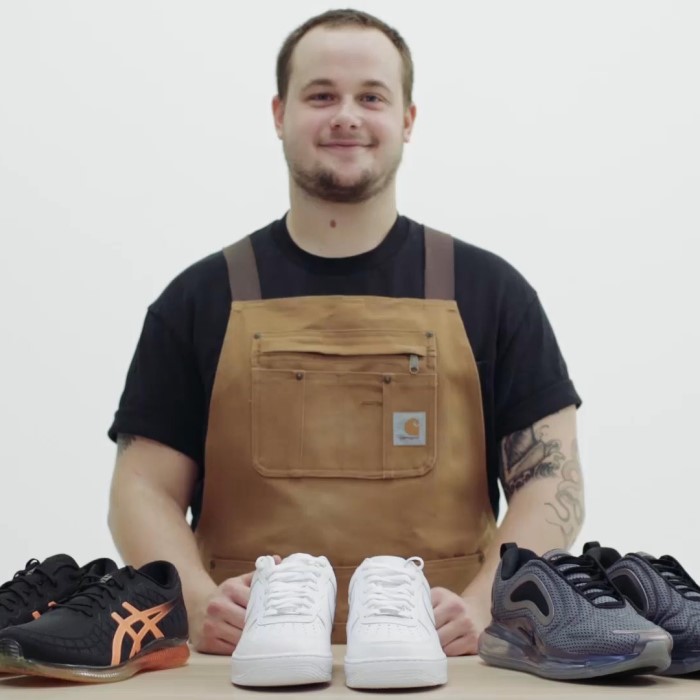
Importance of Shoe Lacing Styles
Lacing styles can enhance overall outfit aesthetics. Unique patterns make shoes stand out effortlessly. They help convey personality through subtle design choices. Proper lacing also ensures footwear fits well and provides comfort.
How Lacing Can Complement Shoe Design
Lacing techniques can be tailored to specific shoe designs. Complex lacing works best for bold designs. Minimalist lacing styles suit elegant and formal shoes. Matching laces with shoe accents completes the overall look.
Common Lacing Methods
Learning common lacing methods ensures your shoes are both stylish and secure. Each technique offers a unique combination of practicality and aesthetics, catering to different preferences and shoe designs.
The Traditional Criss-Cross Pattern
The criss-cross lacing method is the most familiar and simple technique. Begin by threading the lace through the bottom eyelets of the shoe evenly. Cross the laces over each other and insert them into the next pair of eyelets. Continue this pattern until the top of the shoe is reached. This style provides even tension and works well for casual shoes and sneakers.
Benefits of criss-cross lacing:
- Easy to learn and apply.
- Keeps footwear secure and well-fitted.
- Fits most types of shoes and occasions.
Straight Bar Lacing for a Clean Look
Straight bar lacing is a neat and professional method suitable for formal and minimalistic shoes. Start by threading the lace horizontally through the bottom eyelets. One side of the lace works its way upward on one side, while the other side alternates horizontally across each eyelet row. As a result, you get straight bars across the shoe, and the lace appears hidden inside.
Advantages of straight bar lacing:
- Gives shoes a polished and tidy appearance.
- Reduces pressure on the top of the foot.
- Ideal for dress shoes and elegant footwear.
Both these lacing techniques prove functional while contributing to your overall style and comfort. Experimenting with these basics can enhance both the look and wearability of your shoes.
Unique and Creative Lacing Designs
Exploring unique lacing techniques can bring new life to your footwear. These different ways to lace shoes make a bold fashion statement and highlight individuality. Below are some stylish and distinct options to try.
Ladder Lacing for a Bold Statement
Ladder lacing is a striking style that offers both aesthetics and support. To achieve this look:
- Thread both lace ends through the bottom eyelets from the inside.
- Pull them all the way out for equal length on both sides.
- Insert each lace end inside the next eyelet above on its respective side.
- Cross the laces over and weave them under the vertical section on the opposite side.
- Repeat this process until the top of the shoe is reached.
Benefits of ladder lacing:
- Adds a unique and bold visual element.
- Provides a secure and snug fit.
- Ideal for boots and high-top sneakers.
Corset Lacing for Elegance
Corset lacing delivers a sophisticated, intricate appearance. It is particularly suitable for formal shoes or special events. Here’s how to do it:
- Start by threading the lace straight through the bottom eyelets.
- Pull it evenly so both ends have the same length.
- Cross the laces and skip one set of eyelets to create a zig-zag gap.
- Thread each lace through the skipped eyelet in reverse.
- Continue alternating between crossing and reversing until the top.
Advantages of corset lacing:
- Creates an elegant and refined look.
- Perfect for dress shoes or formal boots.
- Easy to pair with various outfit styles.
Diamond Lacing for Intricacy
Diamond lacing is a highly decorative technique designed to stand out. Follow these steps:
- Thread the laces straight through the bottom eyelets.
- Cross the laces diagonally and skip one eyelet pair.
- Insert the lace ends from the inside, pulling them outward.
- Repeat the process to form a diamond-shaped pattern on each row.
Features of diamond lacing:
- Adds an intricate and artistic touch to shoes.
- Works well for casual and semi-formal looks.
- Perfect for shoes with a wide tongue area.
These innovative different ways to lace shoes let you customize your shoes to match your personal style. They work for various shoe types and occasions. Take time to experiment and see which style suits your taste best.
Functional and Practical Lacing Techniques
Functional different ways to lace shoes improve both efficiency and comfort. They focus on specific needs like speed, durability, and ease. Below are some practical techniques you can adopt for various purposes.
Speed Lacing for Athletes
Speed lacing is designed for athletes needing quick and secure adjustments. It reduces the hassle of tying knots during activities. Here’s how you can do it:
- Start by threading the lace through the bottom eyelets.
- Cross the laces over and insert them into the next set of eyelets.
- Use quick-lock lace clips to hold the laces in place.
- Adjust the tightness as needed.
Advantages of speed lacing:
- Saves time during intense activities.
- Keeps shoes securely in place.
- Ideal for running shoes and sportswear.
Paracord Lacing for Outdoor Durability
Paracord lacing offers extra strength and durability, making it perfect for outdoor adventures. It withstands rough wear and tear effectively. To apply it:
- Replace your regular laces with paracord for added durability.
- Thread the paracord through the shoe eyelets using a criss-cross or ladder method.
- Tie a double knot to ensure it stays in place.
Benefits of paracord lacing:
- Resilient against harsh outdoor conditions.
- Improves shoe functionality in rugged terrains.
- Great for hiking boots and work shoes.
Hidden Knot Lacing for Comfort
Hidden knot lacing minimizes foot pressure and enhances comfort. It keeps the knot concealed for a streamlined look. Follow these steps:
- Start lacing straight bars across the shoe.
- Hide the loose ends of the lace under the insole.
- Finish by securing the knot beneath the tongue.
Features of hidden knot lacing:
- Provides a clean and minimalistic appearance.
- Reduces irritation caused by exposed knots.
- Suited for both casual and formal shoes.
By using these practical lacing methods, you can improve functionality and cater to specific needs. Try these to enhance your footwear experience.
Popular Lacing Styles by Shoe Type
Different shoe types benefit from specific lacing styles. Matching the right lacing design ensures comfort and enhances your footwear’s look. Here are popular lacing styles tailored for sneakers, dress shoes, and boots.
Sneakers: Trendy and Funky Lacing Styles
Sneakers provide the freedom to experiment with creative lacing techniques. Funky and vibrant patterns add personality to casual wear.
Loop Back Lacing
- Creating the Loops: To perform loop back lacing, start by threading the lace through the bottom eyelets as usual. After that, instead of simply crossing the laces, create loops by bringing each lace back into itself at each eyelet. This method involves feeding the lace back down through the loop you’ve just made.
- Adding Flair: This creative lacing technique not only secures the laces but also introduces a visually appealing flair to your shoes. The loops create an interesting texture and design that can make your footwear stand out.
- Enhanced Security: Loop back lacing keeps the laces snugly in place, reducing the chances of them coming undone during wear. This is particularly beneficial for activities that involve a lot of movement, like running or hiking.
Checkerboard Lacing
- Achieving the Checkerboard Pattern: To create a checkerboard effect, you will need to alternate the laces in both horizontal and vertical directions. Start by lacing one color of lace through the eyelets traditionally. Then, take a second lace of a different color, weaving it over and under the initial lacing at each step to form the pattern.
- Making a Bold Statement: Checkerboard lacing is an eye-catching design that makes a bold fashion statement. This technique can add a playful touch to casual footwear, making it a popular choice for those who want to express their unique style.
- Customization Options: You can use two laces in contrasting colors to enhance the checkerboard effect further. This approach not only showcases your personality but also allows for creativity in choosing combinations that match your outfits.
Zipper Lacing
- Mimicking a Zipper: For zipper lacing, begin by threading the laces through the bottom eyelets. Then, create a diagonal threading method where the laces cross each other over a couple of eyelets before feeding them through to the other side. This creates a zigzagging appearance that resembles the look of a zipper.
- Unique Appearance: Zipper lacing gives your shoes a distinctive and trendy look. It stands out compared to traditional lacing methods, making it suitable for fashion-forward individuals.
- Fit and Comfort: This technique can also provide a unique fit. By adjusting the tightness of the diagonally laced sections, you can customize how snugly the shoes feel on your feet without sacrificing style.
These designs enhance sneaker aesthetics while ensuring a snug fit for daily or active use.
Dress Shoes: Elegant and Minimalist Options
Dress shoes demand polished and subtle lacing styles that complement formal attire.
Recommended lacing patterns for dress shoes:
- Straight Bar Lacing: Creates clean, horizontal lines perfect for neat and formal wear.
- Hidden Knot Lacing: Conceals knots beneath the tongue, maintaining a smooth, refined look.
- Over-Under Lacing: Offers great tension and minimizes pressure on the top of the foot.
These minimalist methods enhance the elegance of leather and formal shoes while ensuring maximum comfort.
Boots: Rugged and Secure Lacing Methods
Boots require durable different ways to lace shoes to support outdoor use and heavy-duty activities.
Best lacing methods for boots:
- Ladder Lacing: Creates sturdy vertical ladders, ensuring a snug grip and bold look.
- Paracord Lacing: Uses tough cords for extra durability in hiking or work boots.
- Toe-to-Tongue Lacing: Focuses tension over the boot’s toe and tongue area for solid foot support.
These robust styles guarantee the security and long-term comfort needed for rugged terrains.
Tailoring the lacing style to your shoe type adds both functionality and fashion effortlessly. Experiment to find the perfect match for your footwear and occasion.
Tips for Achieving Perfect Lacing
Achieving perfect lacing goes beyond technique. It involves choosing the right laces and ensuring comfort and security. These steps will help you get the most out of your shoe-lacing efforts.
Selecting the Right Laces
Picking the correct laces is essential for both style and function.
- Match laces to shoe type: Sneakers pair well with colorful or patterned laces. Dress shoes need simple, solid laces. Boots benefit from robust options like paracord.
- Choose proper length: Avoid overly long laces for neatness and safety.
- Consider lace material: Cotton is soft, while nylon or leather provides durability.
These factors ensure your laces complement your shoes and perform well.
Adjusting Tightness for Comfort
Proper tightness ensures shoes fit securely and comfortably.
- Distribute tension evenly: Tighten laces uniformly to avoid excess pressure on specific areas.
- Avoid overtightening: Ensure free movement but prevent shoes from feeling loose. Test for snugness.
- Customize tightness for activities: Opt for firmer lacing during sports and lighter adjustments for casual use.
Taking time to adjust lace tension promotes comfort throughout the day.
Keeping Laces Secure Throughout the Day
Securing laces prevents constant retightening and boosts practicality.
- Use double knots: Tie a second knot on top for maximum grip.
- Opt for lace locks: These gadgets hold laces tight without regular adjustments.
- Inspect knots periodically: Check knots during breaks to prevent slipping.
Maintaining secure laces lets you stay focused on your activities without distractions.
By focusing on these tips, you’ll enjoy both style and comfort in your footwear daily.
Conclusion
Elevating Shoe Style with Creative Lacing
Creative lacing techniques can transform the overall look of shoes. They provide a unique way to personalize footwear and stand out. From elegant designs to bold statements, different ways to lace shoes help express personal style. Custom lacing patterns also complement various shoe structures, adding aesthetic charm and functionality. Embracing unique lacing styles can enhance outfit coordination and boost confidence in appearance.
Experimenting with Different Lacing Methods
Experimenting with different ways to lace shoes lets you uncover new and exciting designs. Try simple options like criss-cross patterns or advanced ones like diamond lacing. Pair intricate techniques with formal shoes or robust styles with boots for added flair. Adjust tightness and choose suitable laces for ultimate comfort and security. Play with colors, lengths, and materials to match shoes to occasions or themes. These efforts make every pair of shoes distinct and stylish, tailored to preferences and needs.
